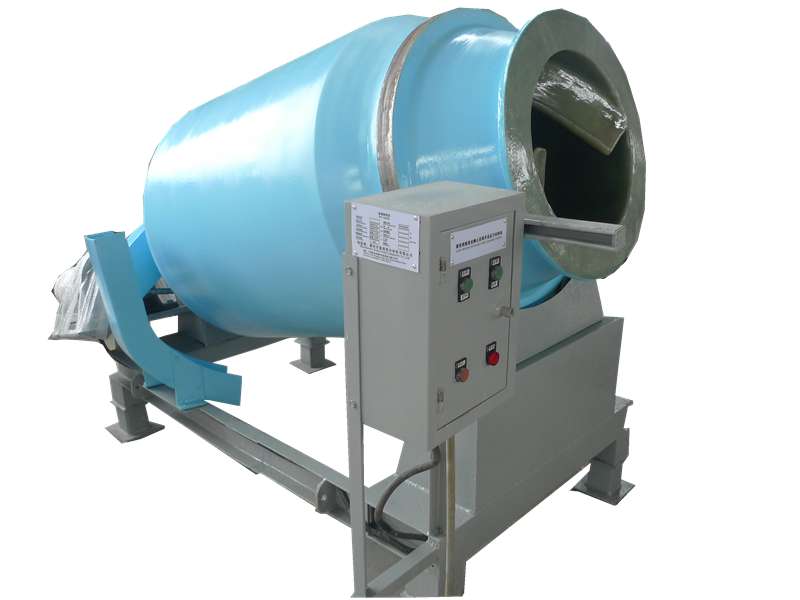
-
 Afrikaans
Afrikaans -
 Albanian
Albanian -
 Amharic
Amharic -
 Arabic
Arabic -
 Armenian
Armenian -
 Azerbaijani
Azerbaijani -
 Basque
Basque -
 Belarusian
Belarusian -
 Bengali
Bengali -
 Bosnian
Bosnian -
 Bulgarian
Bulgarian -
 Catalan
Catalan -
 Cebuano
Cebuano -
 China
China -
 China (Taiwan)
China (Taiwan) -
 Corsican
Corsican -
 Croatian
Croatian -
 Czech
Czech -
 Danish
Danish -
 Dutch
Dutch -
 English
English -
 Esperanto
Esperanto -
 Estonian
Estonian -
 Finnish
Finnish -
 French
French -
 Frisian
Frisian -
 Galician
Galician -
 Georgian
Georgian -
 German
German -
 Greek
Greek -
 Gujarati
Gujarati -
 Haitian Creole
Haitian Creole -
 hausa
hausa -
 hawaiian
hawaiian -
 Hebrew
Hebrew -
 Hindi
Hindi -
 Miao
Miao -
 Hungarian
Hungarian -
 Icelandic
Icelandic -
 igbo
igbo -
 Indonesian
Indonesian -
 irish
irish -
 Italian
Italian -
 Japanese
Japanese -
 Javanese
Javanese -
 Kannada
Kannada -
 kazakh
kazakh -
 Khmer
Khmer -
 Rwandese
Rwandese -
 Korean
Korean -
 Kurdish
Kurdish -
 Kyrgyz
Kyrgyz -
 Lao
Lao -
 Latin
Latin -
 Latvian
Latvian -
 Lithuanian
Lithuanian -
 Luxembourgish
Luxembourgish -
 Macedonian
Macedonian -
 Malgashi
Malgashi -
 Malay
Malay -
 Malayalam
Malayalam -
 Maltese
Maltese -
 Maori
Maori -
 Marathi
Marathi -
 Mongolian
Mongolian -
 Myanmar
Myanmar -
 Nepali
Nepali -
 Norwegian
Norwegian -
 Norwegian
Norwegian -
 Occitan
Occitan -
 Pashto
Pashto -
 Persian
Persian -
 Polish
Polish -
 Portuguese
Portuguese -
 Punjabi
Punjabi -
 Romanian
Romanian -
 Russian
Russian -
 Samoan
Samoan -
 Scottish Gaelic
Scottish Gaelic -
 Serbian
Serbian -
 Sesotho
Sesotho -
 Shona
Shona -
 Sindhi
Sindhi -
 Sinhala
Sinhala -
 Slovak
Slovak -
 Slovenian
Slovenian -
 Somali
Somali -
 Spanish
Spanish -
 Sundanese
Sundanese -
 Swahili
Swahili -
 Swedish
Swedish -
 Tagalog
Tagalog -
 Tajik
Tajik -
 Tamil
Tamil -
 Tatar
Tatar -
 Telugu
Telugu -
 Thai
Thai -
 Turkish
Turkish -
 Turkmen
Turkmen -
 Ukrainian
Ukrainian -
 Urdu
Urdu -
 Uighur
Uighur -
 Uzbek
Uzbek -
 Vietnamese
Vietnamese -
 Welsh
Welsh -
 Bantu
Bantu -
 Yiddish
Yiddish -
 Yoruba
Yoruba -
 Zulu
Zulu
Feb . 05, 2025 03:32
Back to list
reinforced plastic pipe
Reinforced plastic pipes have emerged as a game-changer in the realm of industrial piping solutions, drawing increasing interest due to their blend of flexibility, strength, and durability. Unlike traditional piping materials, these composite pipes are manufactured by reinforcing plastic, typically thermosetting resins, with fibers like glass, carbon, or aramid. This unique combination offers unparalleled corrosion resistance and reduced maintenance costs, making them a preferred choice in various sectors.
In terms of expertise, manufacturing standards for reinforced plastic pipes have been rigorously developed and refined over the years. Organizations such as the American Society for Testing and Materials (ASTM) and the International Organization for Standardization (ISO) provide comprehensive standards that guarantee product quality and consistency. These standards encompass everything from the materials used in fabricating the pipes to their performance characteristics in various operational scenarios, underscoring a commitment to safety and reliability. The manufacture of these pipes is a complex process that involves precision engineering and an in-depth understanding of material science. Experts with specialized knowledge in polymer science and structural engineering contribute to the innovation journey of enhanced reinforced plastic pipes. This expertise ensures that such pipes can withstand high pressure, temperature variations, and external impacts, which are critical parameters in many industrial applications. Trustworthiness is further reinforced by the track record of industry leaders investing in this technology. Companies at the forefront of industrial technology have devoted substantial resources towards the development and continuous improvement of reinforced plastic pipes. Their investments in research and development confer credibility and confidence, assuring end-users of the product's reliability and performance. In conclusion, reinforced plastic pipes represent a vital innovation in the field of industrial piping, offering a blend of experience, expertise, authoritativeness, and trustworthiness. Their ability to endure harsh conditions, coupled with economic and operational benefits, makes them an invaluable asset across various sectors. Businesses that adopt these cutting-edge solutions not only position themselves ahead of the curve but also significantly enhance their operational efficiencies and long-term sustainability.


In terms of expertise, manufacturing standards for reinforced plastic pipes have been rigorously developed and refined over the years. Organizations such as the American Society for Testing and Materials (ASTM) and the International Organization for Standardization (ISO) provide comprehensive standards that guarantee product quality and consistency. These standards encompass everything from the materials used in fabricating the pipes to their performance characteristics in various operational scenarios, underscoring a commitment to safety and reliability. The manufacture of these pipes is a complex process that involves precision engineering and an in-depth understanding of material science. Experts with specialized knowledge in polymer science and structural engineering contribute to the innovation journey of enhanced reinforced plastic pipes. This expertise ensures that such pipes can withstand high pressure, temperature variations, and external impacts, which are critical parameters in many industrial applications. Trustworthiness is further reinforced by the track record of industry leaders investing in this technology. Companies at the forefront of industrial technology have devoted substantial resources towards the development and continuous improvement of reinforced plastic pipes. Their investments in research and development confer credibility and confidence, assuring end-users of the product's reliability and performance. In conclusion, reinforced plastic pipes represent a vital innovation in the field of industrial piping, offering a blend of experience, expertise, authoritativeness, and trustworthiness. Their ability to endure harsh conditions, coupled with economic and operational benefits, makes them an invaluable asset across various sectors. Businesses that adopt these cutting-edge solutions not only position themselves ahead of the curve but also significantly enhance their operational efficiencies and long-term sustainability.
Related Products









